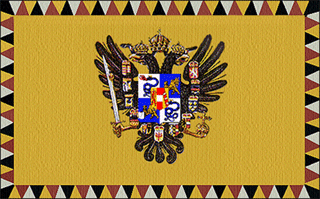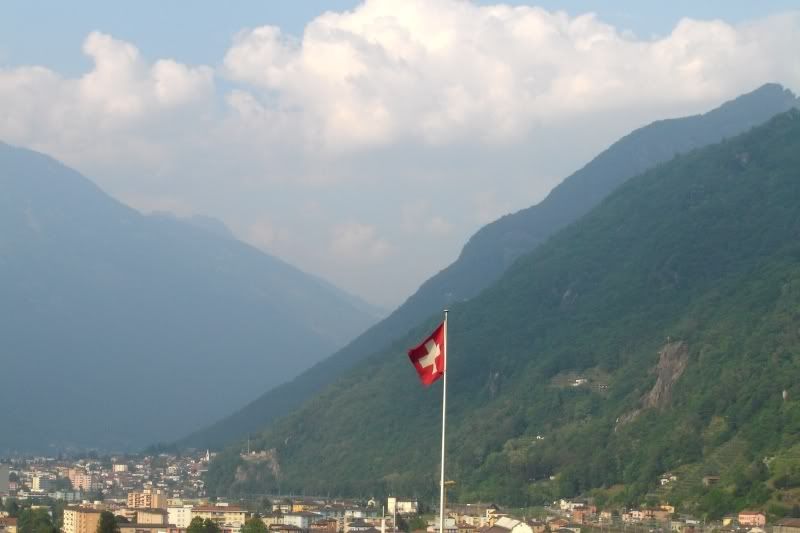 Greta Scacchi is very well known to the English speaking world, and is considered to be a great actress. Even just from the handful of movies that I have watched her in, she seemed equally as believable playing English elitist Lady Diana Broughton in 'White Mischief' (1988), an Icelandic woman June Gudmundsdottir in 'The Player (1992), or poor Cuban immigrant Isabel in 'Fires Within' (1991). Of course, most of her films have been either from Australia or the UK, so it's not always easy seeing them, unless you were to cherry pick them. After looking at her filmography, I would like to conduct my own little Greta Scacchi film festival. I'm going to post some of the information from Wikipedia, as it's probably the most accurate due to the person actually being involved many times with verifying and writing the bio. Hopefully we can do her more justice in the future.
Greta Scacchi is very well known to the English speaking world, and is considered to be a great actress. Even just from the handful of movies that I have watched her in, she seemed equally as believable playing English elitist Lady Diana Broughton in 'White Mischief' (1988), an Icelandic woman June Gudmundsdottir in 'The Player (1992), or poor Cuban immigrant Isabel in 'Fires Within' (1991). Of course, most of her films have been either from Australia or the UK, so it's not always easy seeing them, unless you were to cherry pick them. After looking at her filmography, I would like to conduct my own little Greta Scacchi film festival. I'm going to post some of the information from Wikipedia, as it's probably the most accurate due to the person actually being involved many times with verifying and writing the bio. Hopefully we can do her more justice in the future.Greta Scacchi
Greta Scacchi (born 18 February 1960) is an Italian-born, Australian actor.
Biography
Born Greta Gracco in Milan, Italy, the daughter of Luca Scacchi Gracco, an Italian art dealer and painter, and Pamela Carsaniga, an English-born dancer and antiques dealer. Her parents divorced when she was three, and her mother moved to England with her and her two older brothers. In 1975, following her mother's remarriage to Giovanni Carsinga, the family moved to Adelaide, Australia.
Career
In 1977, Scacchi returned to England to pursue an acting career. She studied at the Bristol Old Vic Theatre School, with Miranda Richardson and Amanda Redman. In 1982, she made her film debut in the German movie Das Zweite Gesicht (The Second Face) and gave versatile performances in films such as Heat and Dust (1983), The Ebony Tower (1984), The Coca Cola Kid (1985), White Mischief (1987), Presumed Innocent (1990), The Player (1992) and Country Life (1994). She has appeared nude, including frontal nudity, in several films. According to New Idea magazine, she has appeared naked in more films than any other "Australian" actress. She turned down the role of Catherine Trammell in Basic Instinct (1992).
In 1996 she won an Emmy Award for her work as Empress Alexandra Fyodorovna of Russia in the television film Rasputin: Dark Servant of Destiny. She was nominated for a Golden Globe and numerous other awards. In 2007 she received another Emmy Award nomination for Supporting Actress In A Miniseries Or A Movie for Broken Trail.
She speaks French, German and Italian fluently, which has made her a popular choice for the casting directors of European films and has been an asset when working for European directors and producers.
Personal life
Between 1983 and 1989, Scacchi was romantically involved with New Zealand singer/songwriter Tim Finn. A relationship with American actor Vincent D'Onofrio began in 1989 and ended in 1993 after two years of marriage; their daughter Leila was born in March 1992. Scacchi's son Matteo, fathered by Carlo Mantegazza, was born in October 1998.
In January 1995, Scacchi became an Australian citizen. Scacchi currently resides in Hurstpierpoint.
Wikipedia link for Greta Scacchi, with filmography and many different internal and external links
Fools Paradise (White Mischief trailer):
This is something. Someone on YouTube has an entire Greta Scacchi movie called 'Rasputin - Dark Servant of Destiny' (1996). I'm going to watch this this week. If you click on the little box on the lower right, you can get a full screen. Just like watching a televistion set, except that you have to prep it every ten minutes.
Part 1
Part 2
Part 3
Part 4
Part 5
Part 6
Part 7
Part 8
Part 9
Part 10
Part 11
Part 12




